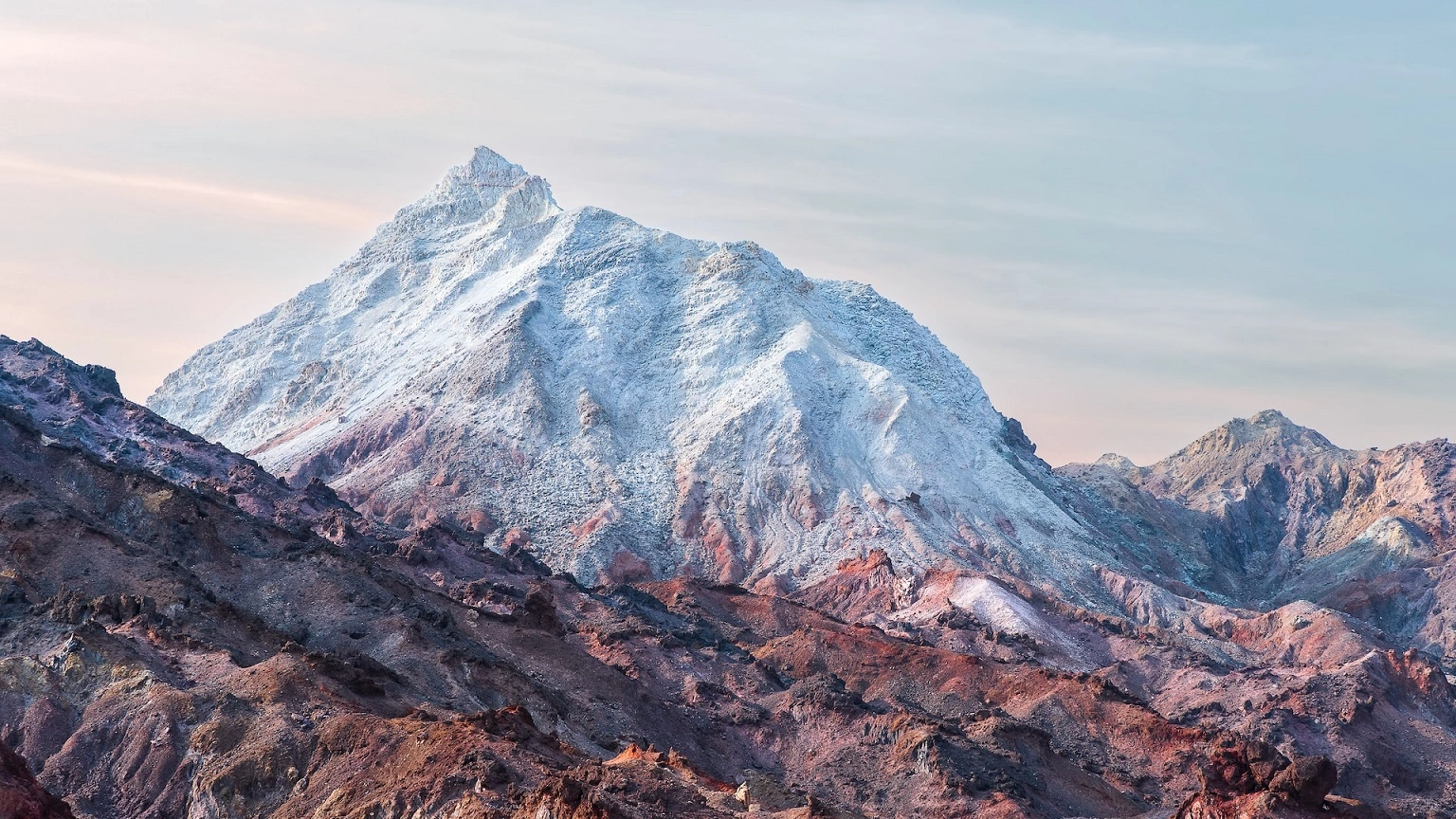
Iran offers stunning architecture, the friendliest people, and a deep historical background. It’s a fantastic country. With regard to the elegance of its natural surroundings, the intricate details of its magnificent architecture, the friendliness of its people, the remarkable villages that still uphold their long-standing customs, and much more, this list of Iran’s most picturesque locations seeks to show you a side of the country that is sometimes portrayed in the media.
You will fall in love with Iran for a number of reasons. First of all, this country has beautiful architecture. You are looking at some of the world’s finest Persian palaces and mosques, structures that have withstood numerous kings and empires. You’ll learn about the amazing history of these locations and get a fascinating glimpse into Persian Empire life. This is the place for people who love history.
Even if you have a strong interest in history, the exquisite tile work on the structures will leave you speechless for hours. It’s undoubtedly an amazing sight. Iran is home to breathtaking natural beauty, historic residences, and lovely gardens. Brightly colored stained-glass windows adorn even the nation’s restaurants and hotels. Here, we talk about a few stunning locations as follows.
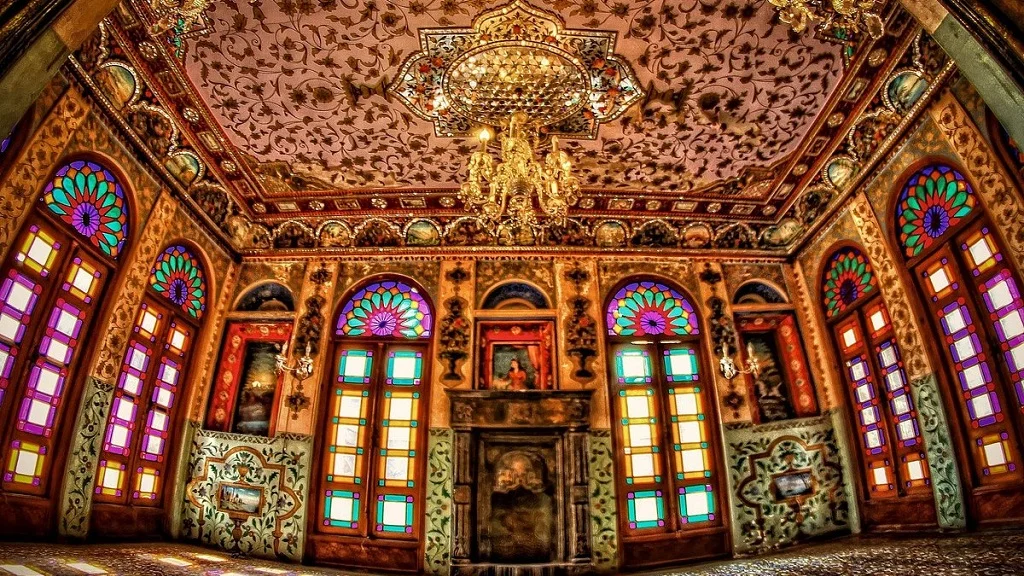
Golestan Palace, Tehran
One of the best sites to see in Tehran is the UNESCO-listed Golestan Palace, which is home to the most magnificent historical building in the entire city. The Qajar dynasty, which ruled Iran from 1789 to 1925, was represented in most of the nation’s 19th and 20th-century artwork. This beautiful building was their official residence and showcases an amazing blend of modern European and traditional Iranian architectural styles.
You might easily spend a half-day exploring the 17 buildings that comprise Golestan Palace, which has various exquisite rooms, chambers, museums, and gardens. Every one of them was built under the Qajar dynasty.
Choosing where to start your trek to the massive Golestan Palace could take some time. You should definitely see the magnificent Mirror Hall, which hosted royal coronations and marriages, as well as the stately Karim Khani Nook, which was home to the Zand dynasty’s founder from 1751 to 1779.
Don’t forget to see the Edifice of the Sun, a palace that offered the Shahs a magnificent perspective of the city, and Brilliant Hall, which is well-known for its astounding exhibition of mirror paintings made by Iranian painters.
You have two or three hours to spend exploring Golestan Palace. Following their exploration, guests can unwind by the gorgeous pond in the main courtyard. Beside the palace is the bustling Grand Bazaar of Tehran, a great place to see local life.
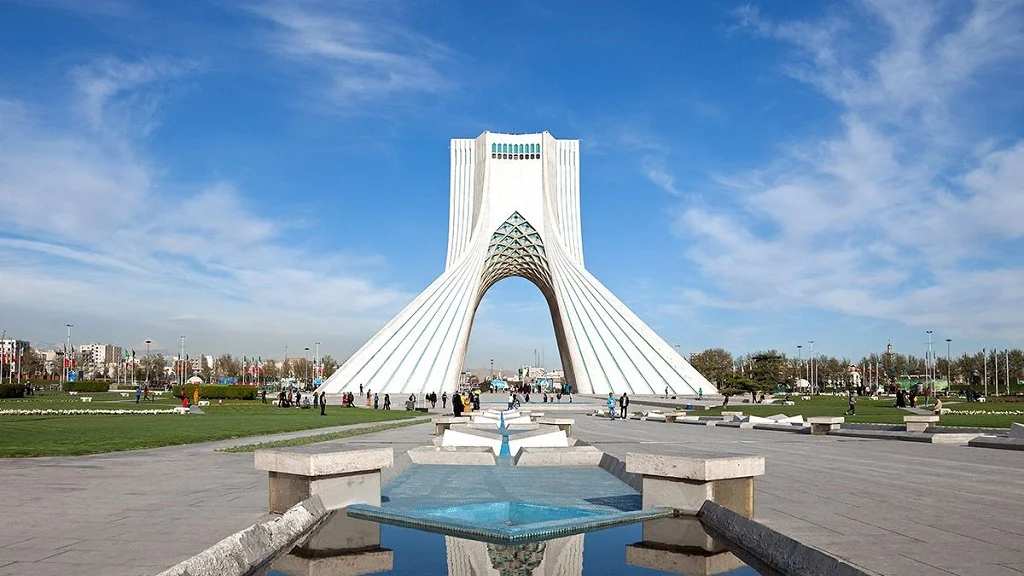
Azadi Tower, Tehran
The Azadi Tower, Tehran’s most recognizable landmark, is a must-see when visiting the city. An architectural student designed it in 1971 as a tribute to the Persian Empire’s 2,500th anniversary.
The extremely unique design of this tower blends traditional and modern Persian architectural elements. This is obvious in its massive arch, which is coated in eight thousand pieces of white marble. Azadi Square, where the tower is situated, is also very significant because it was and still is a common site of protest during the Islamic Revolution of 1979.
A lift or a set of stairs can take you to the summit of Azadi Tower, which provides breathtaking views of the city. At the base of the tower are a few galleries and a cafe.
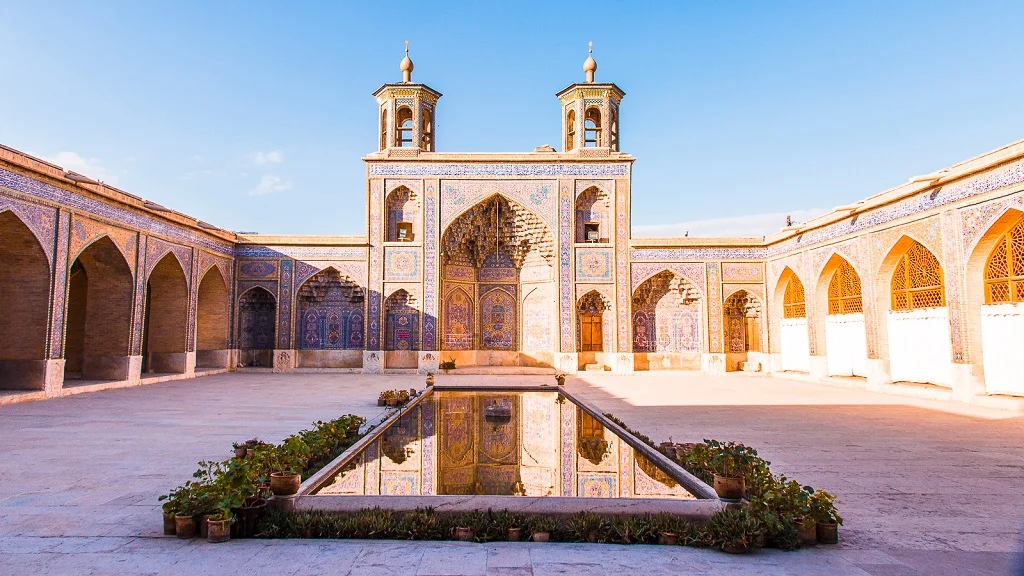
Nasir Ol Molk Mosque, Shiraz
Shiraz is home to many exquisite mosques, but none more so than the spectacular Nasir Ol Molk Mosque. This mosque is well-known for its many colored stained-glass windows, which allow the rising sun to produce a stunning light display on the floor. It was finished in 1888 during the Qajar dynasty.
Because of this, Nasir Ol Molk Mosque is regarded as one of Iran’s most beautiful locations and is quite well-known among photographers. The rainbow colors and magnificent light effects of this mosque are a must-see if you’re ever in Iran. It feels like you are walking into a kaleidoscope and is quite odd.
The Nasir Ol Molk Mosque has a stunning exterior as well. Its colorful tilework depicts the influence of the West on Iranian architecture in the 19th century, and it has a stunning courtyard with a pond. Many tiles were shipped from France, the UK, and Germany to create this mosque and other Qajar-era structures.
Common themes seen in European art are depicted in these tiles, such as natural sceneries, ladies, and European architecture. You may be fascinated by the exquisite tilework seen on the mosque’s façade and interior.
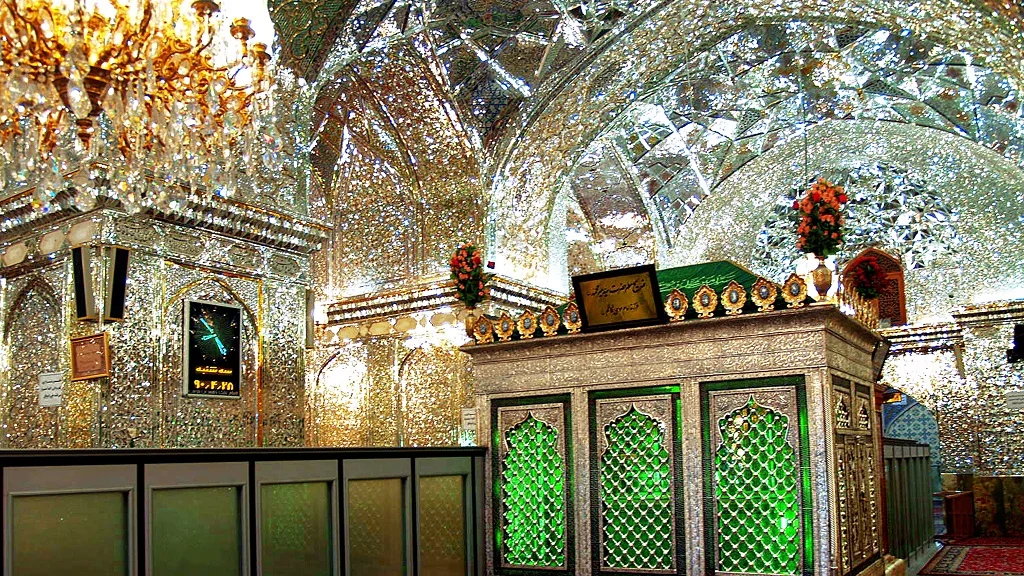
Shah Cheragh Shrine, Shiraz
Situated near the Nasir Ol Molk Mosque, the Shah Cheragh Shrine, also called the “King of the Light,” is regarded as one of the holiest places in Shiraz.
This name has an unusual origin story: in 900 AD, a traveler following a mysterious light he saw from a distance was led to a lighted grave. The body of a prominent Muslim figure was found within, and a tomb was built to house the interment.
Over time, the site grew and finally became an important site of pilgrimage for Shia Muslims. After completing numerous stages of repairs, the Shah Cheragh Shrine is currently a known tourist destination frequented by travelers from all over the world.
The interior of the shrine surpasses its stunning exterior, as you are astounded by the incredibly intricate mirror work adorning the walls and ceilings, which gleam and glisten like diamonds. This vision is quite valuable.
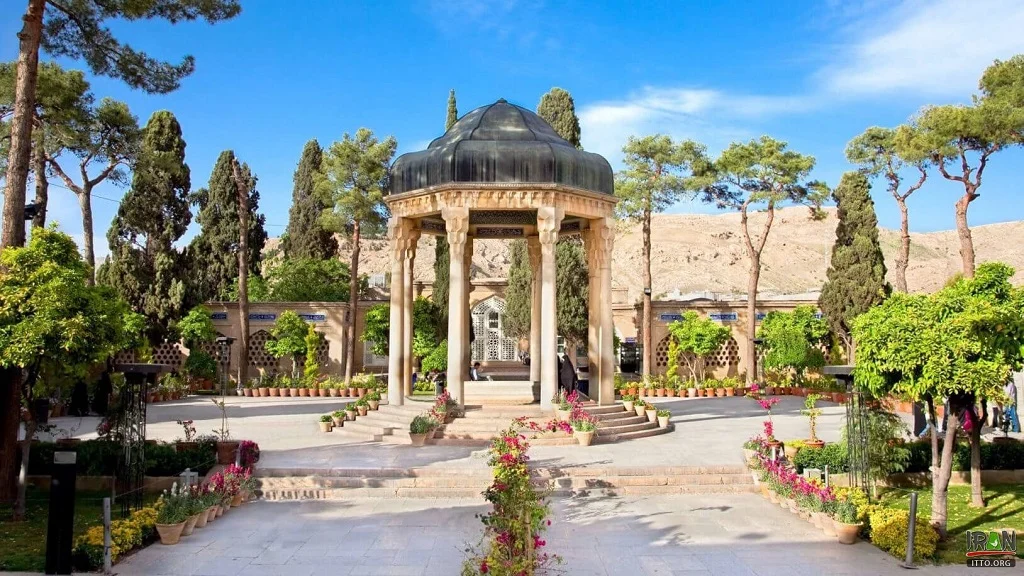
Tomb Of Hafez, Shiraz
Tucked up inside Musalla Gardens in northern Shiraz is the stunning Tomb of Hafez, a site of lyrical vitality and immense significance to the local populace.
Shiraz-born poet Hafez (1315–1390) is considered one of the most well-known and beloved Persian poets of all time. For Iranians, he is a national hero and a prophet, and he is considered as Iran’s Shakespeare. Iranians of various ages read the well-known Dvn, which contains his works. This book is actually shared across households in Iran.
The Tomb of Hafez is now covered in a magnificent dome made of exquisite mosaic tiles, and it is situated beneath an open pavilion. If you are moved, read some of Hafez’s poems in the surrounding serene garden and enjoy the worth of this special place.
People from the area congregate at the grave to honor this well-known poet, particularly on October 12, which is recognized as Hafez’s National Day.
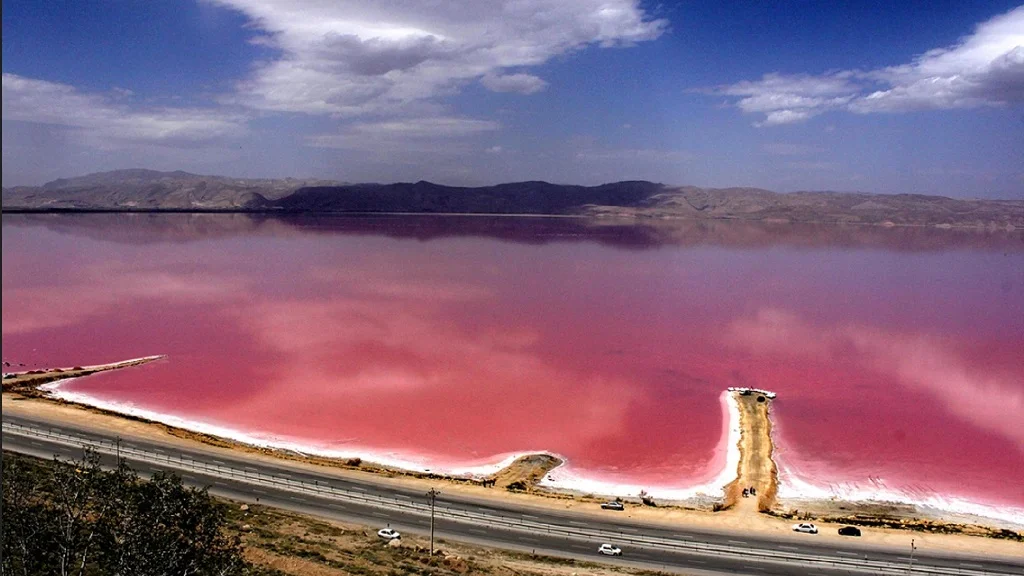
Maharloo Lake, Shiraz
Because of the large number of crimson tides that occur in the salt water of Maharloo Lake, it is also known as the Pink Lake.
The best months to visit this Salt Lake are July through September since more of the lake’s water is likely to evaporate during these times, enhancing the pink hues. For the same reasons, the lake is presumably less pink from April to June during the wet season. It is without a doubt one of the most breathtaking locations in Iran.
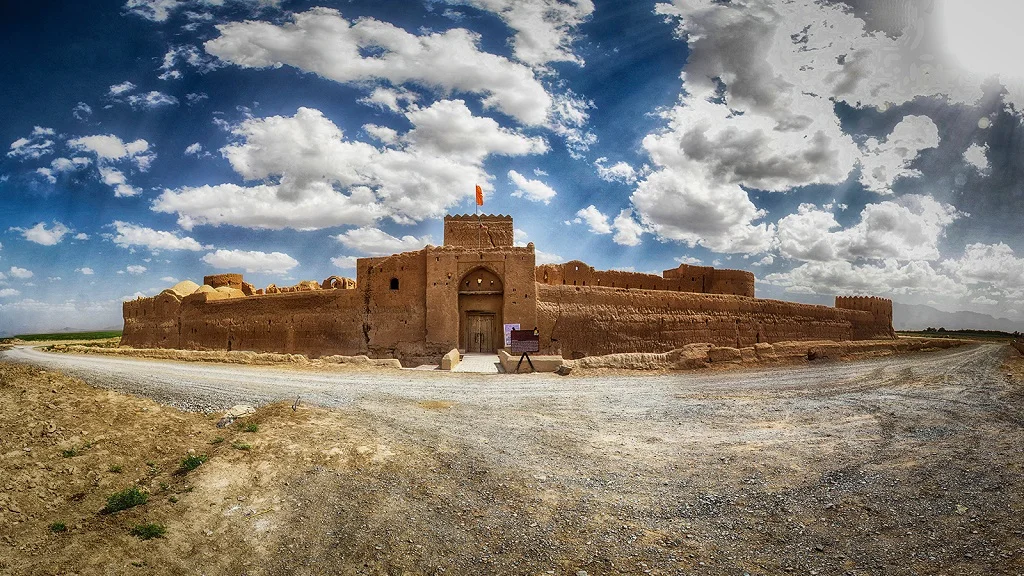
Sar Yazd Castle
One of the most popular places to visit in Iran is an adobe castle that rises out of the desert around fifty kilometers (31 miles) outside of Yazd. From Yazd Old Town, it takes about fifty minutes to get there by car.
It is a true and authentic experience to observe this old stronghold because there aren’t many other tourists around. You’ll feel like a child again as you find quiet hallways, hidden doors, and rooms that take you back in time.
Built in the seventh century, Sar Yazd Castle protected Yazd from attacks and invaders. In addition, there was plenty of gold, crop products, food supplies, and other items.
The 450 rooms and three storeys of the property make it easy to get lost when strolling about.
As you explore the castle, you’ll have the impression that you’re lost in a forest. This is because the castle was purposefully built to make it difficult for attackers to enter and find their way around. Trying to fit through the inside lanes, which are just big enough to accommodate one person at a time, is an unusual experience.
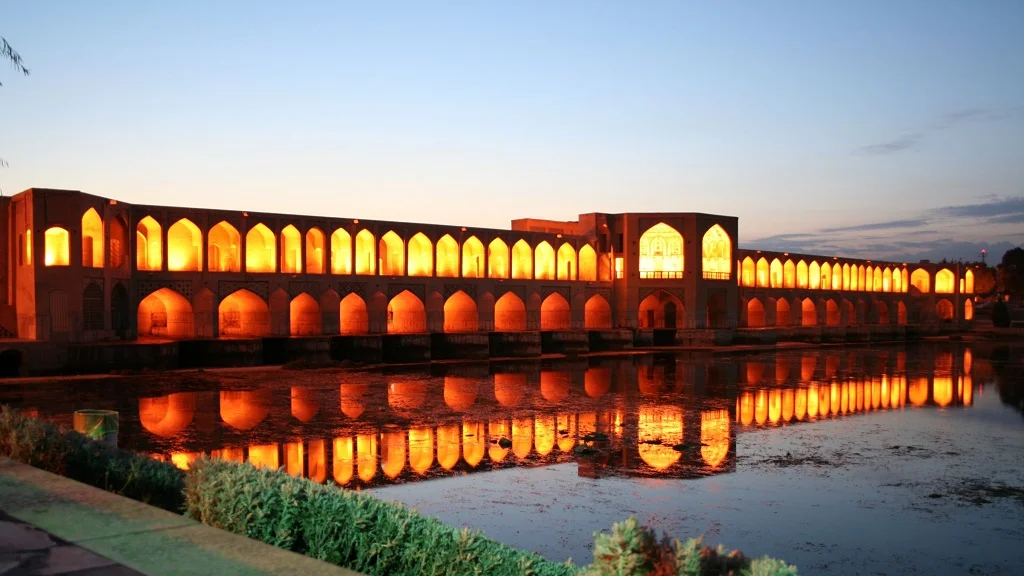
Khaju Bridge, Isfahan
One of the most calming activities in Isfahan during the evening is to stroll across the exquisite Khaju Bridge. This ancient bridge radiates a delightfully calm and peaceful ambiance at night with its beautiful sheen.
It’s a popular hangout for teens and families, which makes it a great spot for photos and providing an insight into Iranian society.
The seventh Safavid king, Shah Abbas II, enjoyed admiring the beauty of the Zayanderud River below from the pavilion located in the center of the bridge. Additionally, the bridge is embellished with beautiful murals and tilework.
But the main reason to visit is to take in the lovely Persian music that is performed in the evenings by local singers beneath the bridge.
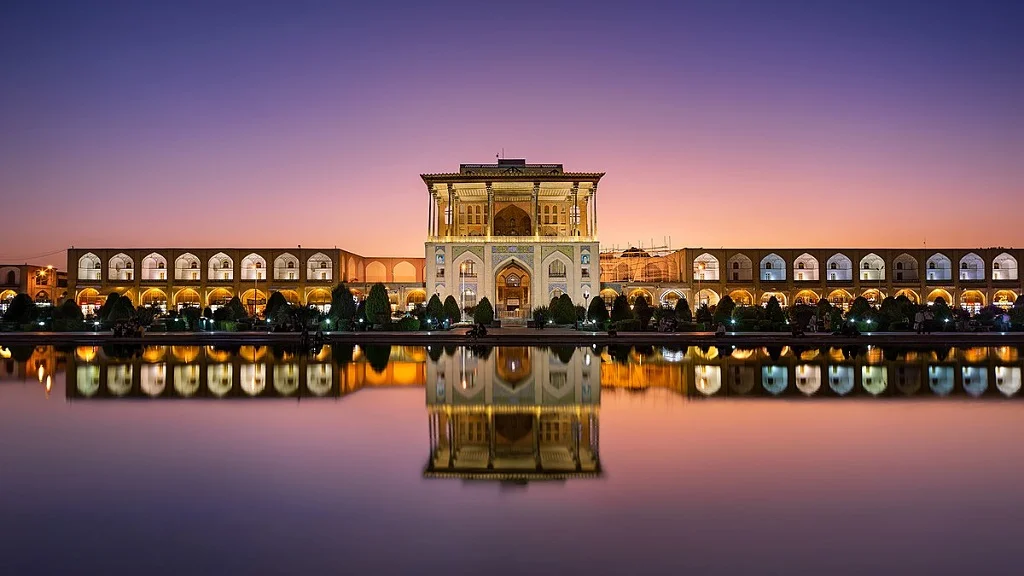
Ali Qapu Palace, Isfahan
Opposite Sheikh Lotfollah Mosque lies Ali Qapu Palace, a stunning UNESCO property and the official residence of the Safavid dynasty. Built in 1597, this palace consists of six levels, each connected by a stairway.
In addition to the numerous original floral paintings and artworks, you’ll get an intriguing glimpse into the historical daily routines of the royal families. The main feature of the structure, though, is the exquisite stucco artwork seen on the upper floor of the Music Hall. It has hosted numerous vocalists and ensembles, and to enhance the acoustics, vases have been painted on the ceiling.
Safavid monarchs gathered on the palace terrace about 400 years ago to witness horse races and Chowgan, a classic Iranian cavalry team sport. You can also take in the stunning view of Naqsh-e Jahan Square and the Shah Mosque from there.
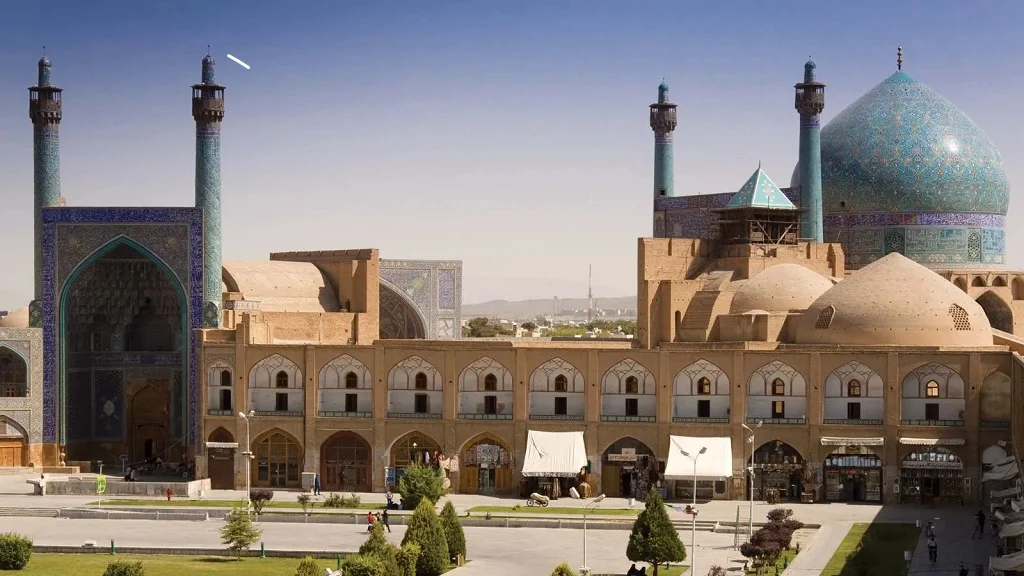
Shah Mosque, Isfahan
Arguably the most attractive structure in Naqsh-e Jahan Square is the magnificent Shah Mosque, commonly known as the Imam Mosque. Its distinctive multicolored mosaic tiles will astound you. This UNESCO-designated mosque, finished in 1629, is considered the pinnacle of Persian Islamic architecture and one of the best examples of Safavid period architecture (1501 – 1736).
You could spend hours just admiring the intricate tilework on the entrance gate. It is without a doubt one of the most amazing sights you will see when you walk in, with more exquisite scripts and designs catching your eye.
A stone on the floor under the mosque’s central dome designates a significant acoustic point. The speaker can speak while being heard by everyone in the mosque since the sound reverberates across the surrounding areas.
Tori Williams
Travelined welcomes voices from many spheres. We publish pieces written by outside contributors with a wide range of opinions, which don’t necessarily reflect our own. Learn more or join us as a community member!
